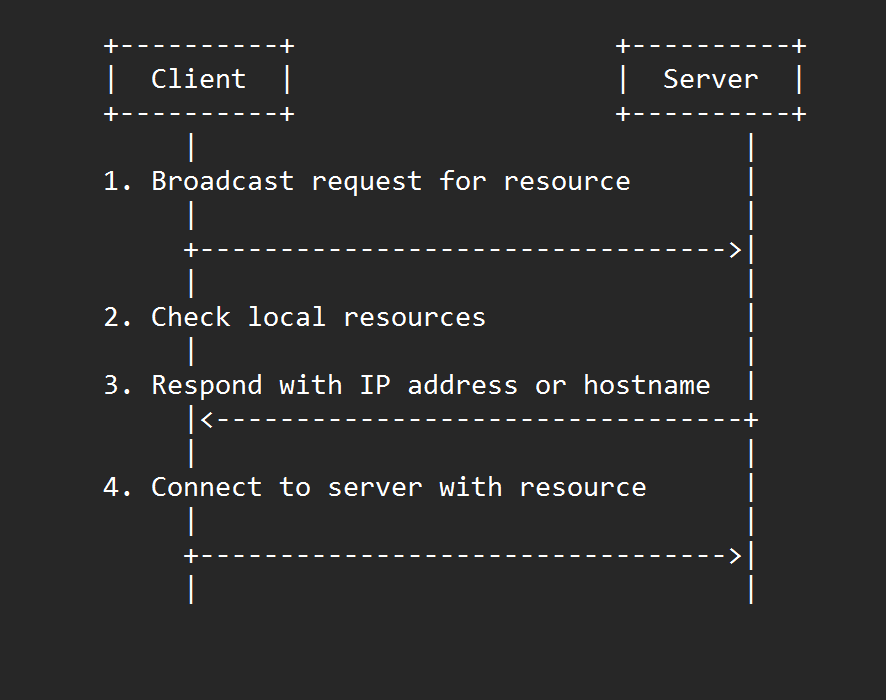Resource Location Protocol (RLP)

RLP
Resource Location Protocol
RLP is a protocol used for locating resources in a network, such as printers or file servers.
Port: 39 TCP | RFC:887
OSI Layer: 7 (Application Layer)
Cyber Security Stance:
Designed by Vivekanand Padala
Protocol Overview
RLP is used primarily in Unix-based systems and operates over TCP/IP on port 39 by default.
RLP is designed to help locate resources on a network, such as printers or file servers, and is therefore a protocol that operates at the Application Layer of the OSI model.
If security is a concern, RLP can be used in conjunction with other security protocols, such as IPsec or TLS, to provide secure communication between the client and server. However, the implementation of such security mechanisms is left to the discretion of the network administrator and is not specified by the RLP protocol itself.
RLP is a simple and lightweight protocol that has been largely superseded by more modern resource discovery protocols, such as Bonjour and UPnP.
RLP workflow
- Client sends a broadcast message on the local network asking for a specific resource or service, such as a printer or file server.
- Servers that are listening for RLP broadcast messages receive the request and check their local resources to see if they can fulfill the request.
- If a server has the requested resource or service, it responds to the client with its IP address or hostname.
- The client then uses this information to access the resource directly.
- If no server on the local network can fulfill the request, the client may then broadcast the request to a wider network, such as a campus or enterprise network.
- If the request is still not fulfilled, the client may broadcast the request to the entire Internet.
- Once the client has received a response from a server with the requested resource or service, it can connect to that server and use the resource as needed.

